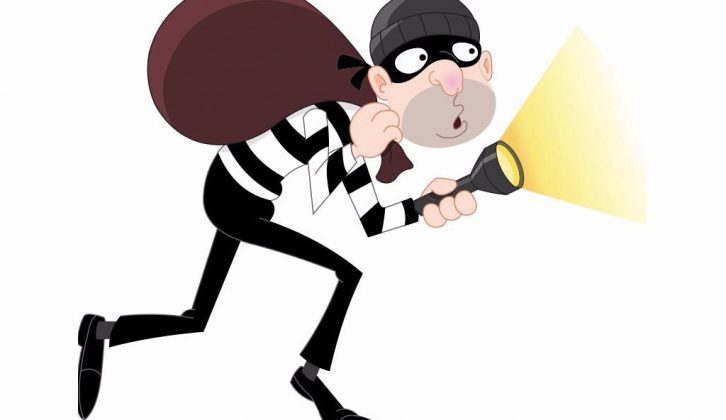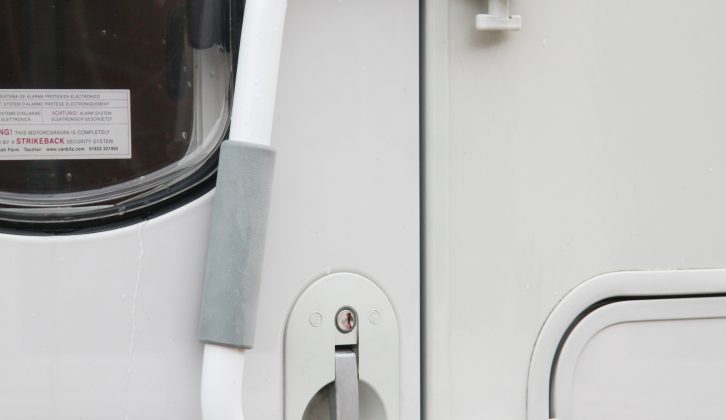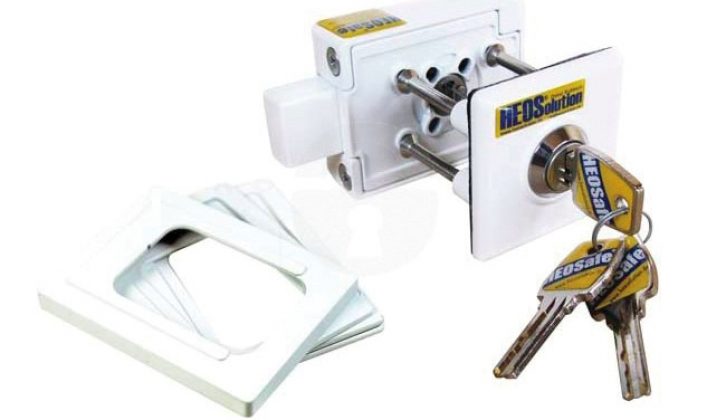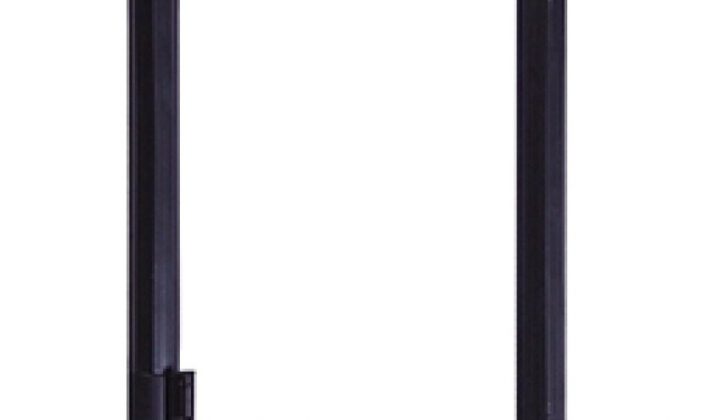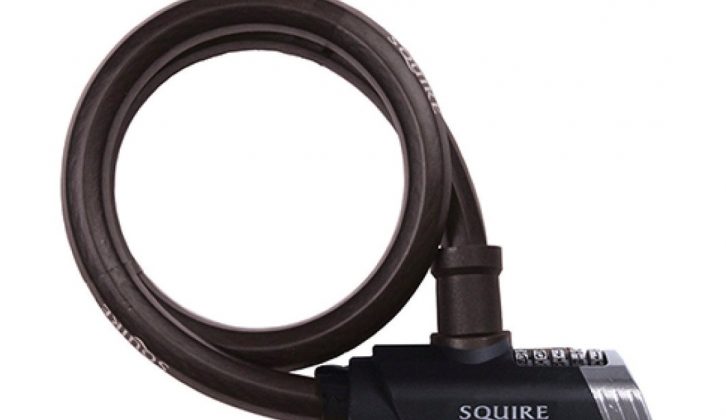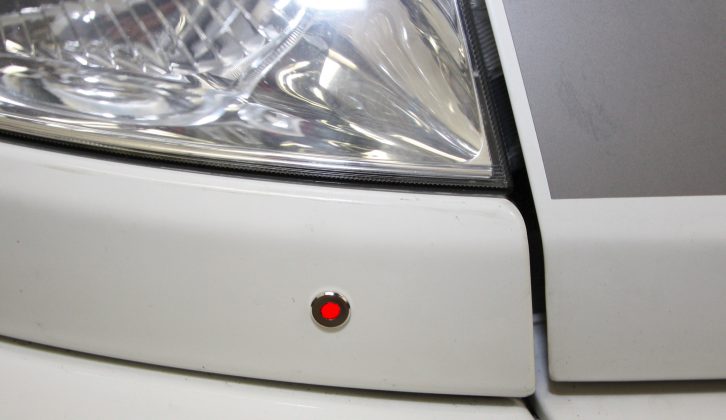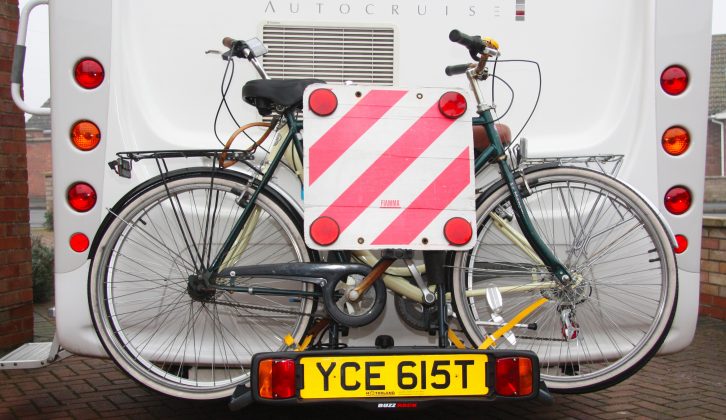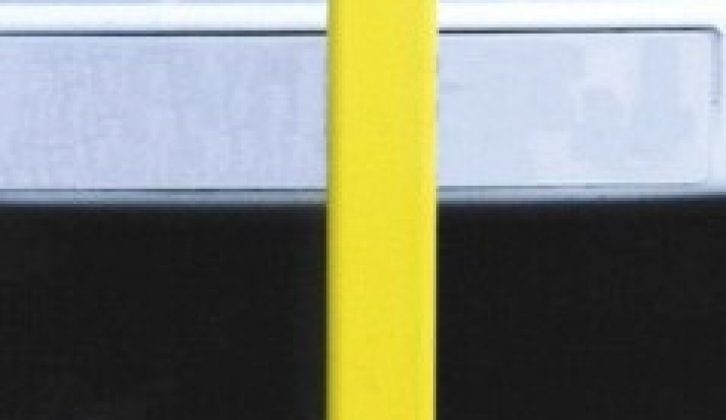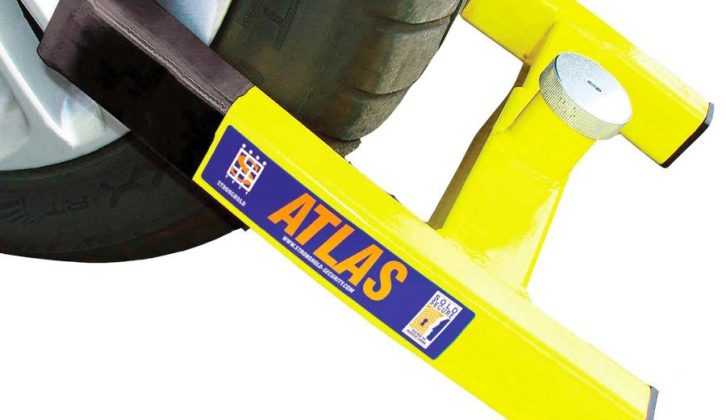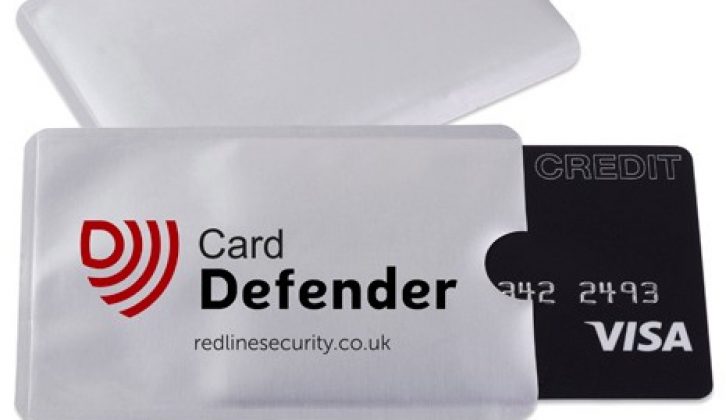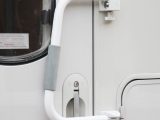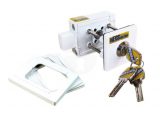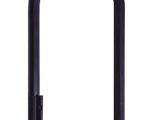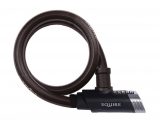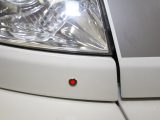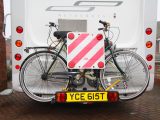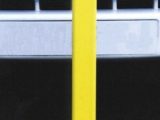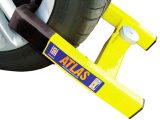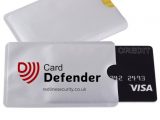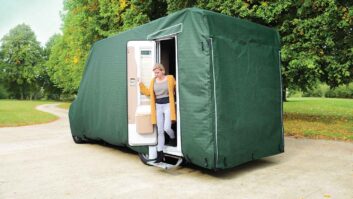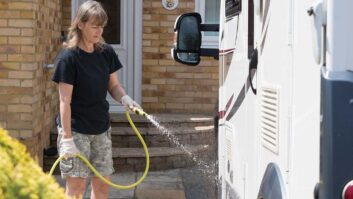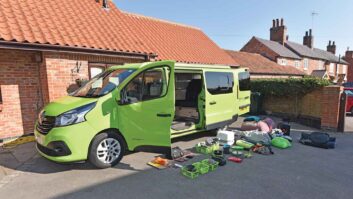We often receive requests from Practical Motorhome readers asking for more information on keeping safe while motorcaravanning.
What follows is an introduction to the subject, rather than a definitive guide. For clarity we have identified three types of theft:
- Theft from a motorhome;
- Theft from a person while outside their motorhome or when they are away from where the ’van is parked;
- Theft of the ’van itself.
But first, a little perspective
Everything we do in life carries associated risks: most can be minimised by changing our attitude and/or spending a few pounds.
Pondering on those – and acting accordingly – will reduce risk to an acceptable level for most of us. Plan ahead, be concerned and aware, but don’t let irrational fear take control.
For starters, here are a few ways to reduce risk without having to also reduce your bank balance.
Keep hold of your keys
Most vehicle thefts are achieved by stealing or copying the owner’s keys and/or alarm fob.
New vehicles are much harder to steal than those made a decade ago, so it is very difficult to pinch them quickly and quietly without both the keys and control of the immobiliser.
An amazing number of people still pay scant regard to where they leave their keys. Don’t be one of them.
Secure your motorhome
Always make sure that your pride and joy is secure, especially if you’re sitting outside. And not just the doors: don’t forget the windows and rooflights, too.
Some modern panel van conversions allow the remote locking of all doors except the side sliding one, which is ideal if you’re sitting in the vehicle with the side door open.
Other base vehicle manufacturers don’t add this feature as standard, so if you open that door while inside, it’s likely that you have also unlocked every other door – or, at least, all ‘cargo’ doors.
Some fitters suggest an isolation switch on the side door, to disconnect it from the central locking. The problem with this is that, unless it is of the ‘push-and-hold-to-isolate’ type, where you also have to operate the remote button at the same time, it might not automatically re-engage with the central locking system the next time it is deployed.
Be alarmed
Set the intruder alarm every time your ’van is left uninhabited, even if you’re ‘only’ popping to the facility block.
There has been an increase in the number of high-value vehicles – especially motorhomes – being stolen at fuel stations in mainland Europe and in the UK, so take extra care there.
When sitting outside your ’van – under an awning, for example – always keep the entrance door in plain view.
Lock your lockers and take less!
The number of owners who leave the exterior access doors to storage compartments unlocked over entire weekends beggars belief.
Also, don’t forget: the more you leave at home, the less you’ll have to worry about.
Crime-reduction experts also opine that one shouldn’t carry or wear high-value items such as gold pendants or expensive mobile phones.
What is the right alarm for your motorhome?
Motorhome alarm systems should be designed for the owners’ usage patterns: fitting one designed for a car isn’t good enough.
We insist that ours (always fitted by Vanbitz) covers all the exterior, and can be set to provide ‘perimeter protection only’: in other words, be in a mode that disconnects the internal movement sensor, but enables all other security systems.
This is essential for when we leave Roxy – our much-loved dog – alone in the vehicle. We also use this mode when snoozing, especially in areas of high risk, such as when we are waiting for a cross-Channel ferry. In addition, we have more than one high-vis LED unit to act as a deterrent.
Also, when pitched on sites or aires, getting to know those in the immediate vicinity helps everyone identify ‘strangers’.
And here’s another thing to consider. The chance of having a ’van stolen from your driveway can be dramatically reduced by installing approved security posts, wheel clamps and steering wheel/clutch locks, which also act as a visual deterrent.
Tracking systems not only provide a useful function following a theft, but are a strong deterrent if eye-catching signage is displayed.
Keep your cards safe
Something that readers have expressed concern over is credit/debit card scanning, without the criminal ever having been in possession of the card.
I was the victim of one of these so-called ‘brush pasts’: using a secure (and cheap) card pouch such as Card Defender would have prevented it from happening. Apparently, putting tinfoil in both sides of the wallet so that the card(s) have a ‘full metal jacket’ is equally effective.
Finally, many thefts from travellers occur at cash points. Be extra vigilant.
Lock it or lose it
On coachbuilt motorhomes, the easiest lock to compromise is usually the one on the habitation door. This is especially applicable to those with just a single locking point (latch/bolt), and to ones with stable doors.
A ‘D’ handle that locks in front of the door adds security, as well as aiding the access and egress of occupants.
Door bars and chain security are also available for the cab doors – effectively linking the driver and passenger ones together – although I’d buy additional deadlocks and/or lock shields before these.
A securely mounted small safe is great for storing passports, documents and the like. If the campsite you have pitched at offers safety deposit boxes for hire, use one!
A trio of final top tips
First, always be aware of where you are. When choosing a place to stop, whether for a cuppa or for several days, look about for potential dangers such as dense foliage where people might approach unseen. If something doesn’t feel right, it probably isn’t.
Always secure your property. It sounds simple, but eliminate temptation by putting all valuables out of sight when not in use.
Finally, always walk tall – proceed with purpose, particularly when alone at night.
Many sources were used in the compiling of this article, but the stand-out one was The Motorhome and Caravan Security Handbook by James Brown, BEM
The more you leave at home, the less you’ll have to worry about
